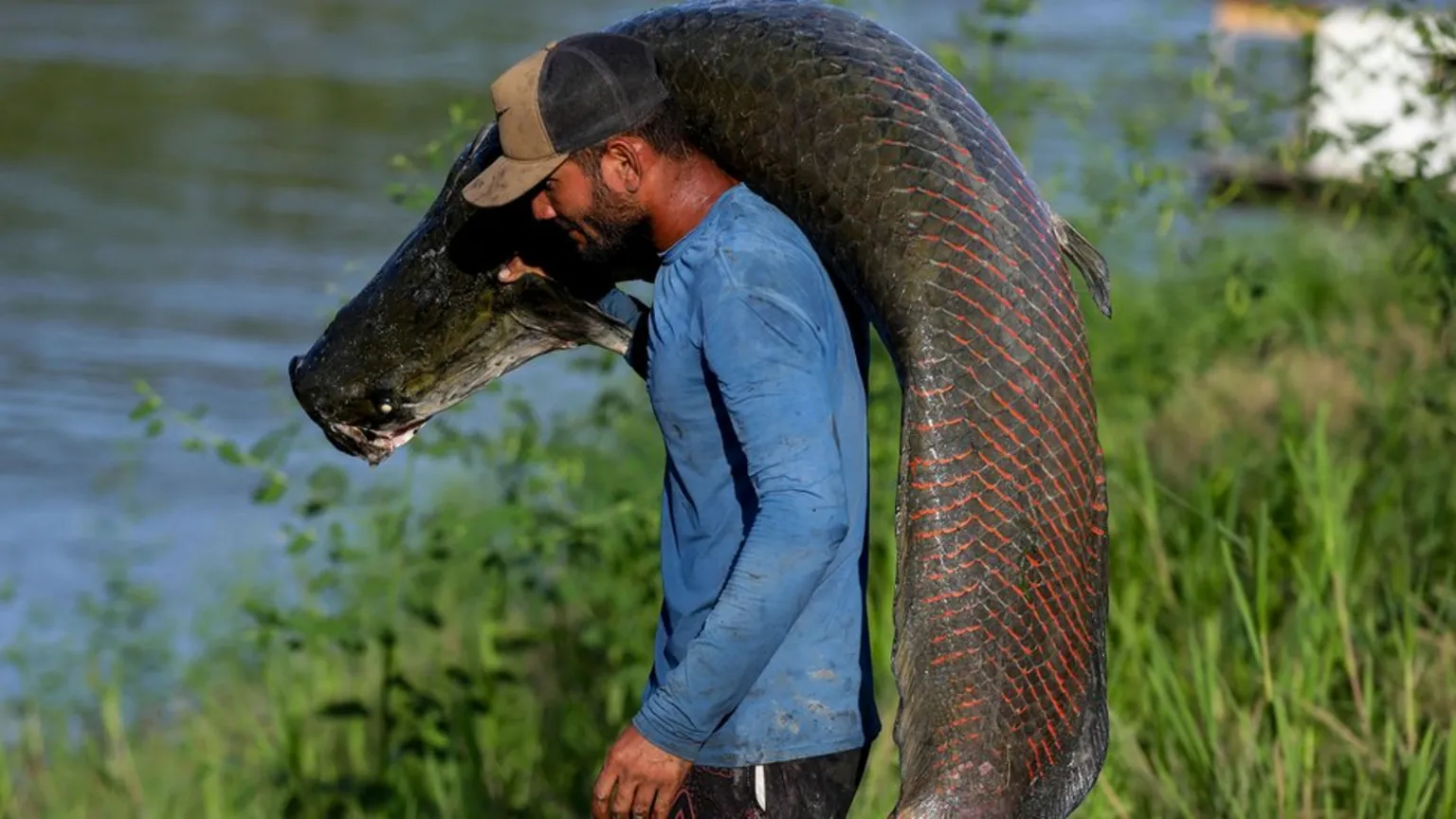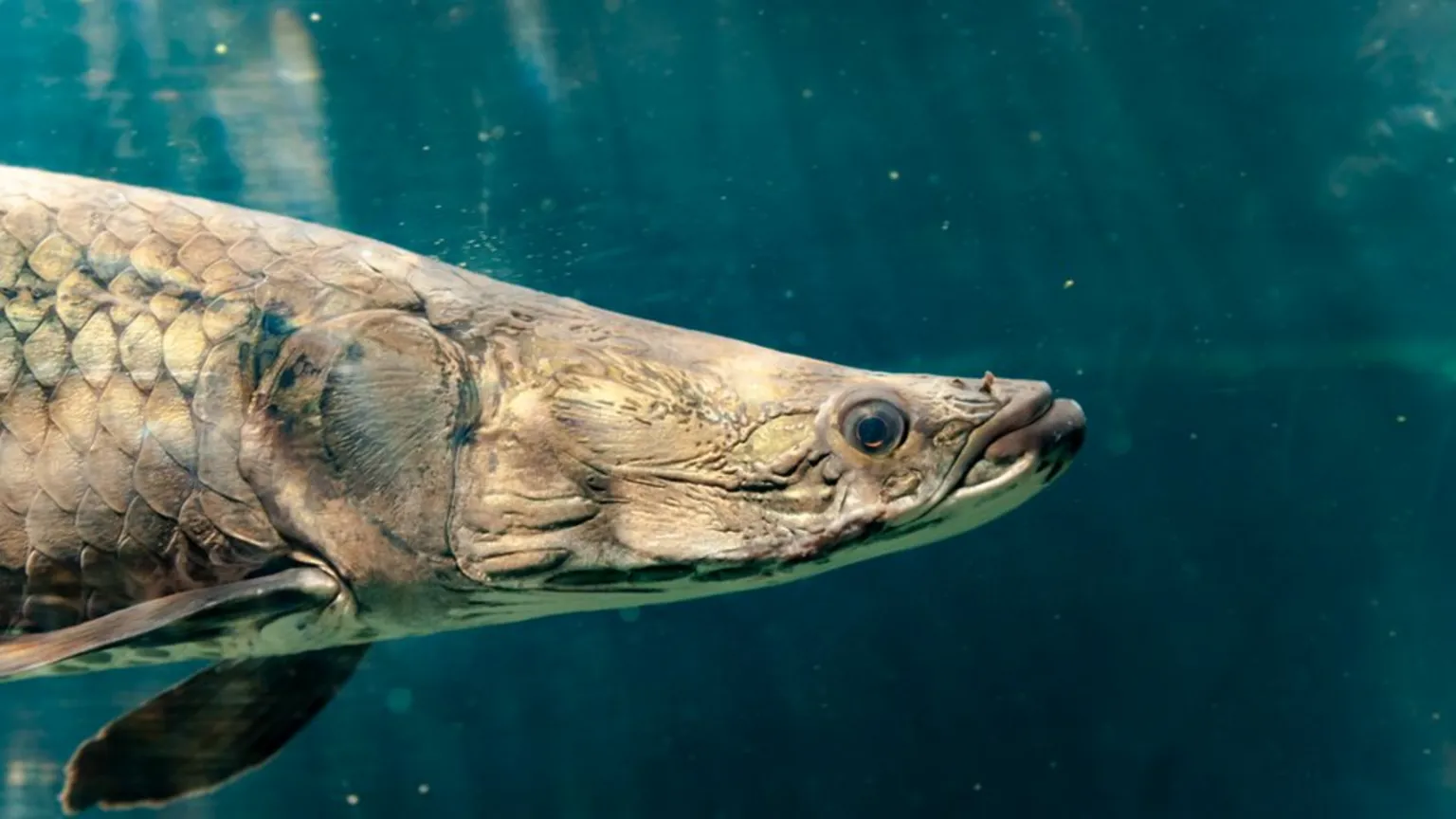In the Bolivian Amazon, a colossal freshwater fish named paiche or Arapaima gigas has become a significant presence, growing up to 4 meters long and weighing over 200kg. Guillermo Otta Parum, a Bolivian fisherman with over 50 years of experience, initially mistook it for a water snake, fearing it might be harmful. This invasive species, believed to have originated from a paiche fish farm breach in Peru, poses a threat to native fish stocks in the Amazon basin, spreading about 40km deeper into rivers each year.
Fernando Carvajal, a biologist and paiche expert, emphasizes the species’ voracious nature, growing at a rate of 10kg per year during its early life stages. Despite its less impressive teeth compared to piranhas, the paiche consumes a variety of fish, plants, mollusks, and birds. Fishermen report anecdotal evidence of dwindling native species due to paiche invasion.

While paiche’s impact on biodiversity raises concerns, local fishermen have embraced its presence, realizing its economic potential. Paiche, once feared, is now a sought-after delicacy across Bolivia. Edson Suzano, running a paiche-processing plant, notes the affordability and widespread availability of this fish, processing around 30,000kg monthly.
However, the challenge lies in locating paiche in the vast Amazon. Fishermen embark on journeys of up to two weeks to remote areas, putting them in conflict with indigenous communities holding land titles to these lagoons. Indigenous groups, now fishing and selling paiche, demand special licenses for commercial fishermen working in their territories.

Despite conflicts, scientists like Federico Moreno hope that continuous fishing efforts will help maintain a balance between paiche and other species, averting potential threats to biodiversity.
Images/Source: BBC





